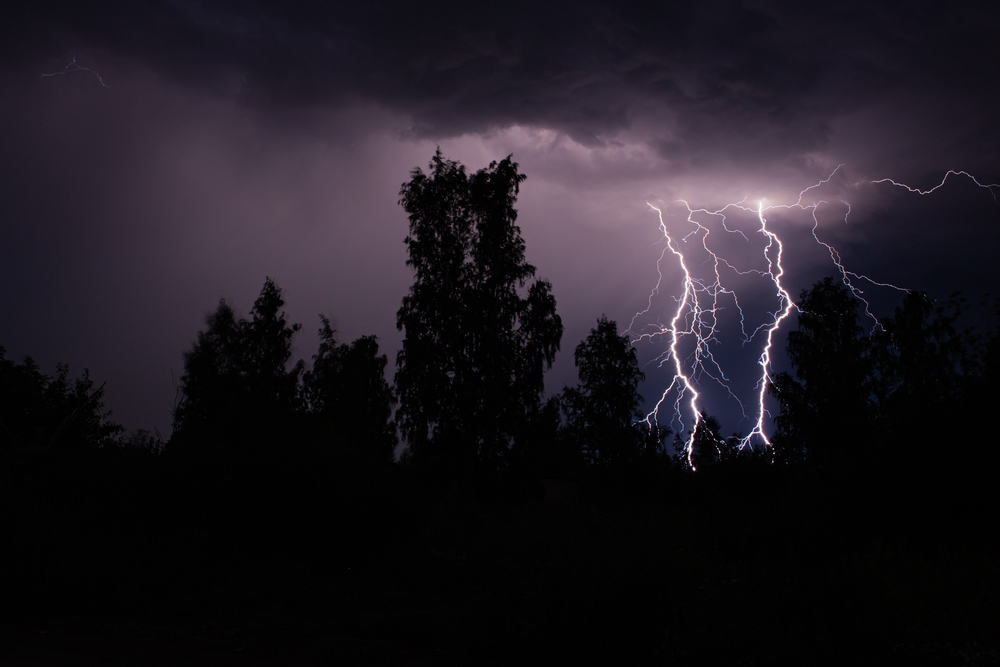Severe Weather Conditions Have Once Again Underscored the Vulnerability of California's Power Infrastructure
Feb 06, 2024
Severe weather conditions have once again underscored the vulnerability of California's power infrastructure, leaving more than 850,000 customers in the dark. The relentless winds, nearing speeds of 100 miles per hour, wreaked havoc across the state, from Sacramento to just north of Los Angeles. This tumultuous weather toppled trees and power lines, significantly hampering the efforts of utility providers such as Pacific Gas & Electric (PG&E) to restore electricity. PG&E, serving Northern California, the Central Valley, and the coast down to Santa Barbara, highlighted the challenge as they faced outages affecting over a million people. The utility's crews found themselves at the mercy of the storm, which obstructed their ability to fully assess and repair the damage.
In Santa Clara County, nearly 140,000 homes and businesses lost power, a testament to the storm's ferocity which brought not only wind but heavy rain and potential flooding. This situation not only disrupted daily life but also raised concerns about safety and the economic impact on affected communities. With most of the state under wind advisories or high wind warnings, the National Weather Service warned of the compounded risks of mudslides, potentially exacerbating the power outage scenario.
Sacramento, too, felt the storm's wrath with more than 170,000 customers without power. This incident, while severe, is measured against last year's storms that left 600,000 without electricity, indicating a pattern of escalating weather-related challenges facing the state. In response, utility services have bolstered their repair and assessment teams in anticipation of such events, yet the unpredictable nature of these storms leaves a margin of uncertainty.
The recurring theme of power outages during severe weather events brings to light the critical need for preparedness among California residents. One of the most effective measures to mitigate the impact of power outages is the use of portable or whole-home backup generators. These systems provide a reliable power source when the grid fails, ensuring that essential functions such as heating, cooling, refrigeration, and medical devices continue to operate. Moreover, they offer peace of mind during uncertain times, reducing the reliance on the grid's restoration timeline which can be unpredictable in the aftermath of severe weather.
Investing in a backup power solution is not just about convenience; it's about safety and resilience in the face of increasingly frequent and severe weather events. As utility companies work tirelessly to restore power and bolster their systems against future storms, the responsibility also falls on individuals and communities to prepare themselves for these inevitable disruptions. Whether through portable generators for short-term outages or whole-home systems for extended periods of power loss, the emphasis on preparedness cannot be overstated. As California continues to navigate the challenges posed by its dynamic weather, the adoption of backup power solutions stands as a critical step in ensuring the safety and security of its residents.
